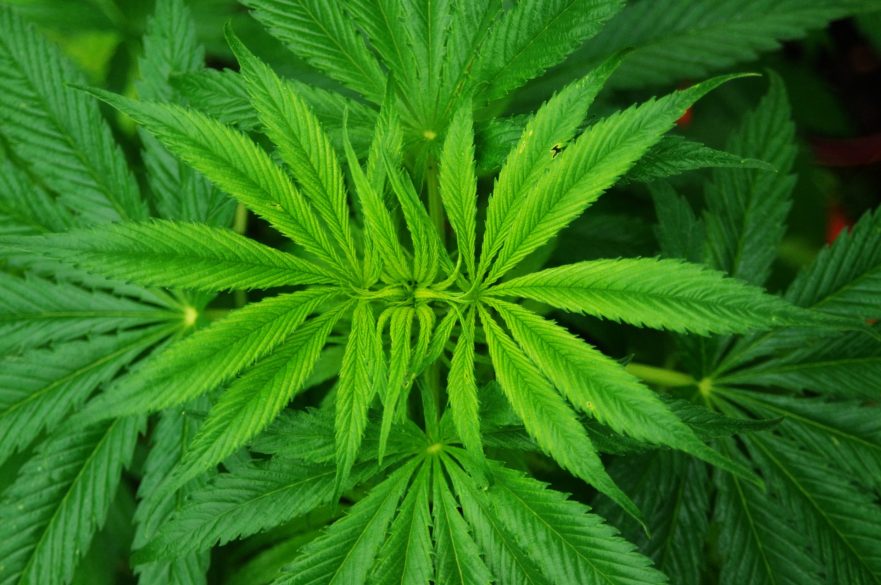Cannabis Around the World is a three-part series exploring cannabis’ journey around the globe – from its beginning in ancient cultures Before the Common Era, its spread and integration into new societies in the Common Era, and its current status in the governments of the modern world.
While widespread cannabis use may seem like a relatively new idea, cannabis use has been around in the world longer than most modern countries. Methods of application and consumption vary, but cannabis has long been used recreationally, medicinally, and religiously throughout the ancient world and up through the present.
Written records of cannabis use are rather limited, but researchers believe that ancient cannabis was consumed orally or by burning and inhaling the dried plants for medicinal or religious purposes. While scientists disagree on when cannabis use truly began, most believe that people began to use the plant sometime between 2000 to 500 B.C.E. – but exact dates and locations are widely debated.
Many scientists believe that evidence found in central Eurasia indicate the region may have seen the plant’s earliest introduction into civilization around 500 B.C.E. Cannabis is indigenous to the cool, wet, mountainous regions of modern-day China, but it remains unknown when people began to cultivate the plant to increase THC levels. Recent discoveries of cannabis remnants in burial sites in northwest China imply medicinal or ritualistic use, but more research would be necessary to truly understand cannabis’ role in these ancient societies.
Some researchers believe that cannabis use may have begun even earlier in Mesopotamia, a region of Western Asia where modern-day Iraq, Kuwait, Syria, and Turkey reside. Relying only on the written word of clay tablets dated as far back as 1000 B.C.E., many believe the cuneiform (an ancient form of written language) describes cannabis’ use in medicine to treat depression and other ailments, as well as its use in incense for religious ceremonies. These records also indicate that products of the plant may have been traded with Egypt and Judaea.
It is believed that cannabis may have been introduced to the Mesopotamians by the peoples of modern-day Afghanistan and Turkmenistan, where their early religion of Zoroastrianism utilized cannabis in ceremonial drinks between 2000-700B.C.E. From here, cannabis and cannabis-infused religious drinks were exported along the Silk Road, finding their way to India, Egypt, and throughout Ancient Greece and the Roman Empire.
Ancient Indian writing indicates that the earliest use of cannabis medicinally began around 1600 B.C.E. for anxiety and other conditions. Hieroglyphics found in Egypt predate many other cultures and suggest cannabis or hemp use in pharmaceuticals as early as 2350 B.C.E.
Some researchers believe that the Bible and other Hebrew texts also indicate cannabis’ use before the Common Era in Judaea and the Roman Empire as early as 900-800 B.C.E. Cannabis may have been an ingredient in holy incense and anointing oils mentioned in Exodus, and other Hebrew texts contain recipes for cannabis-infused wine.
The Greek historian Herodotus also wrote about the plant’s various uses around 500 B.C.E. He described the Scythian nomads, who frequently traveled along the Silk Road, who inhaled cannabis burned on hot coals inside tents. Cannabis use spread throughout Ancient Greece for use recreationally, medicinally, and religiously where artifacts found in temples and burial sites seem to confirm Herodotus’ accounts.
While much is still unknown about early cultures’ uses of cannabis, recent discoveries and historical texts make it evident that cannabis has been an integral part of many ancient people’s cultures, religions, and lives. Although modern society is slowly warming up to widespread acceptance of cannabis, the historical uses of the plant offer insight into its rebirth as a pharmaceutical treatment and recreational substance.

